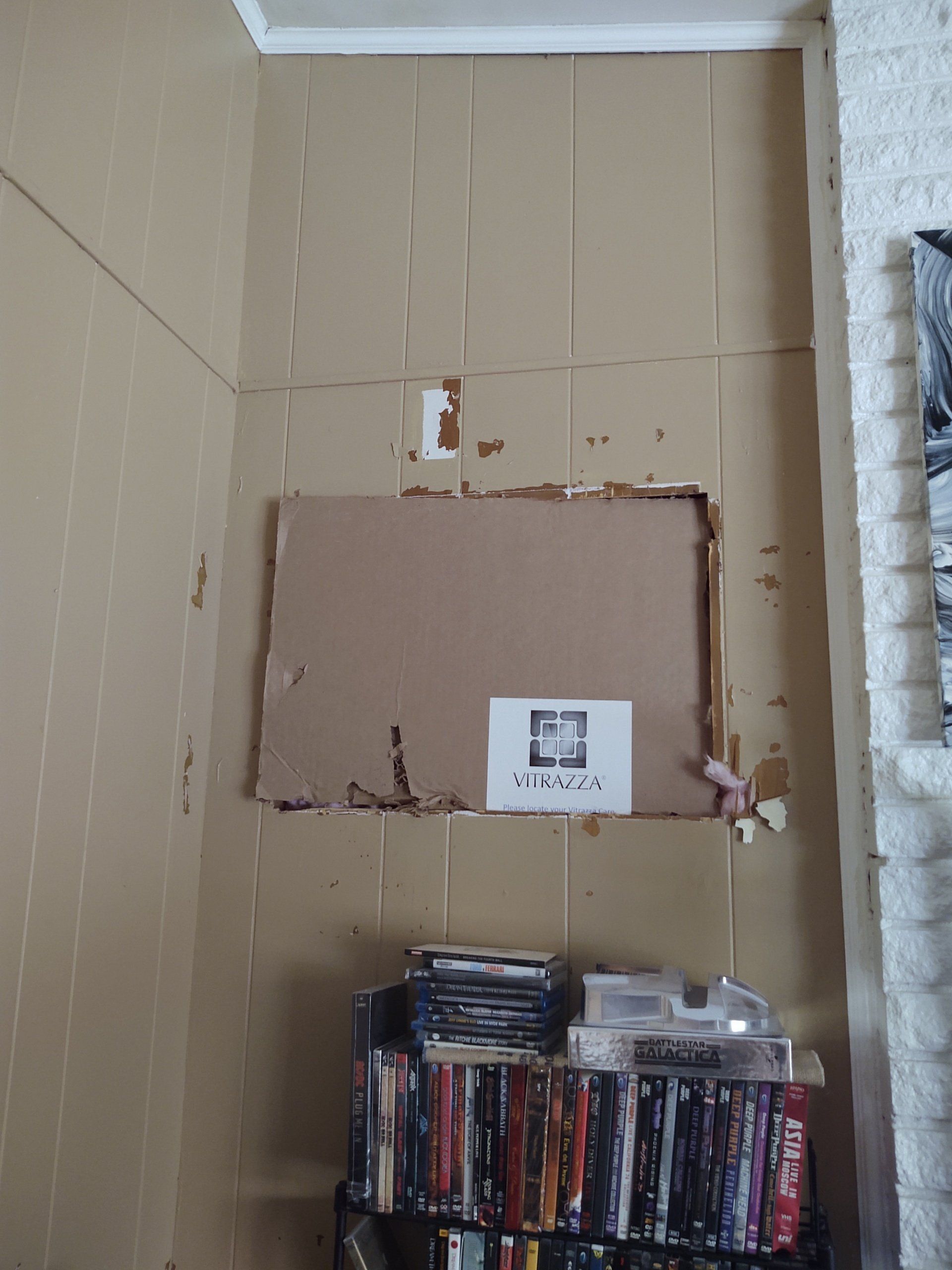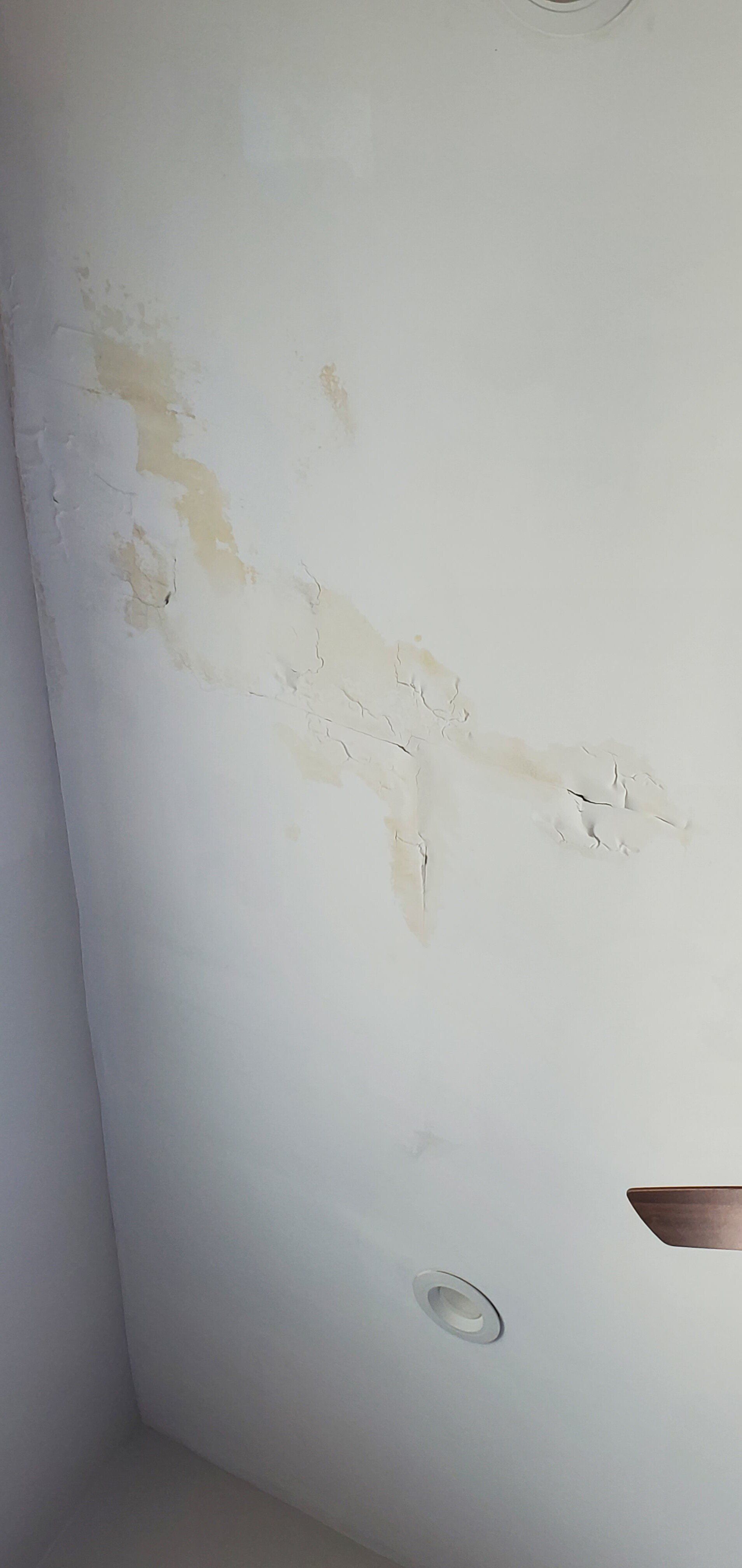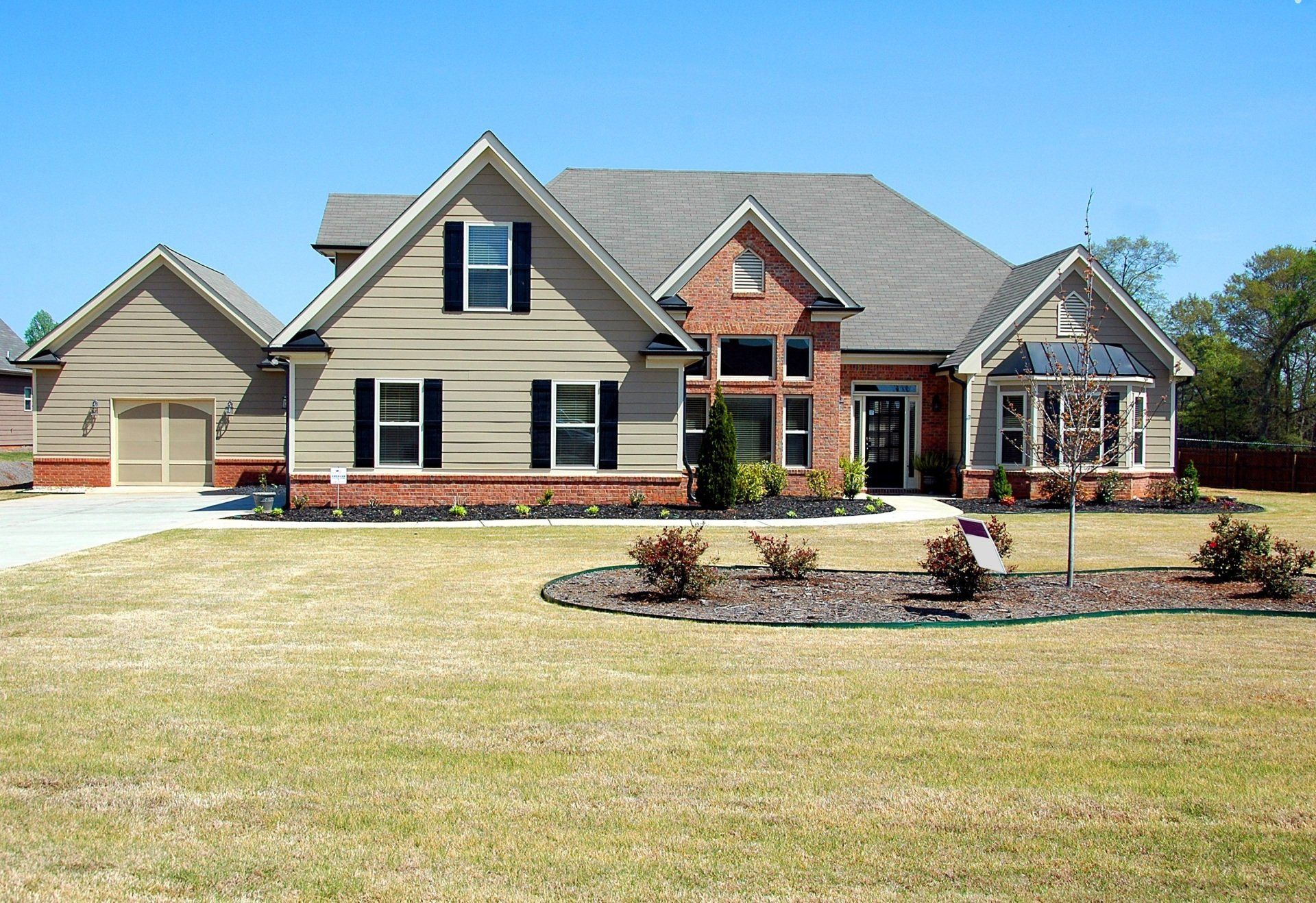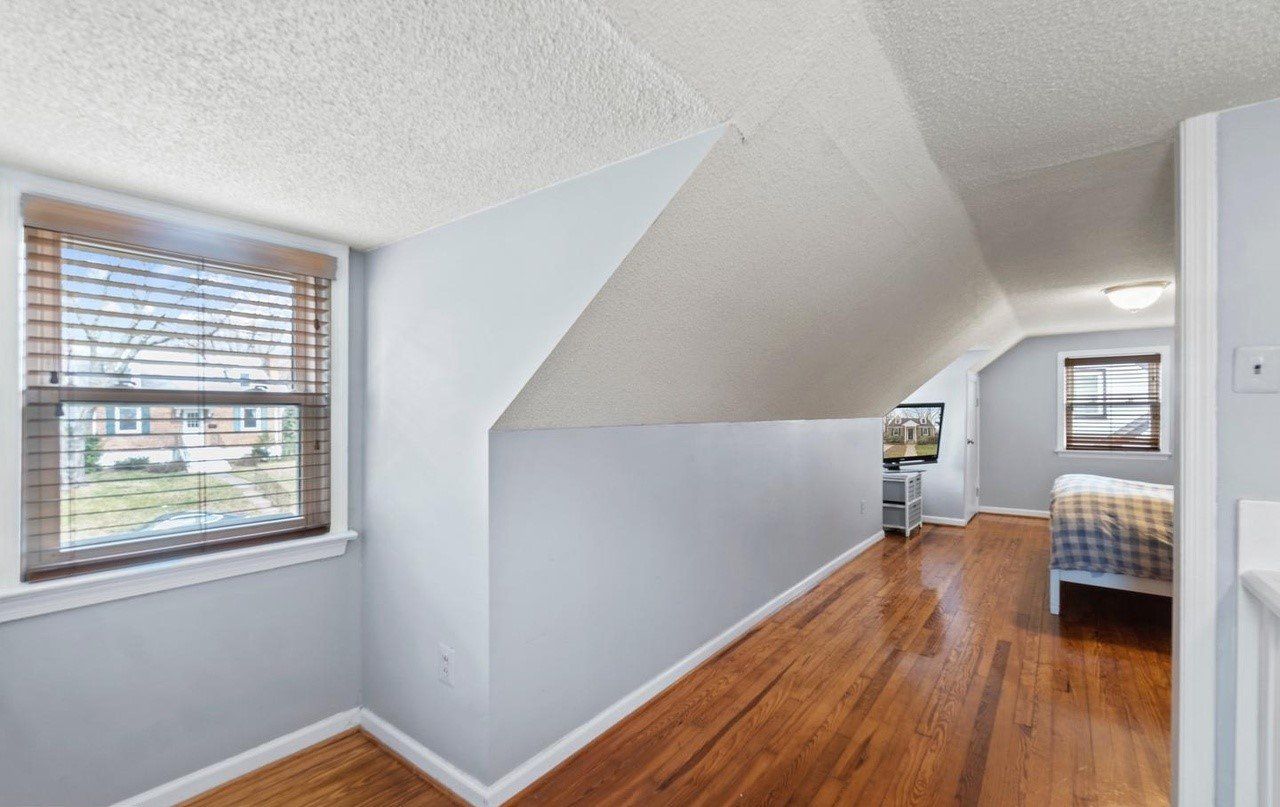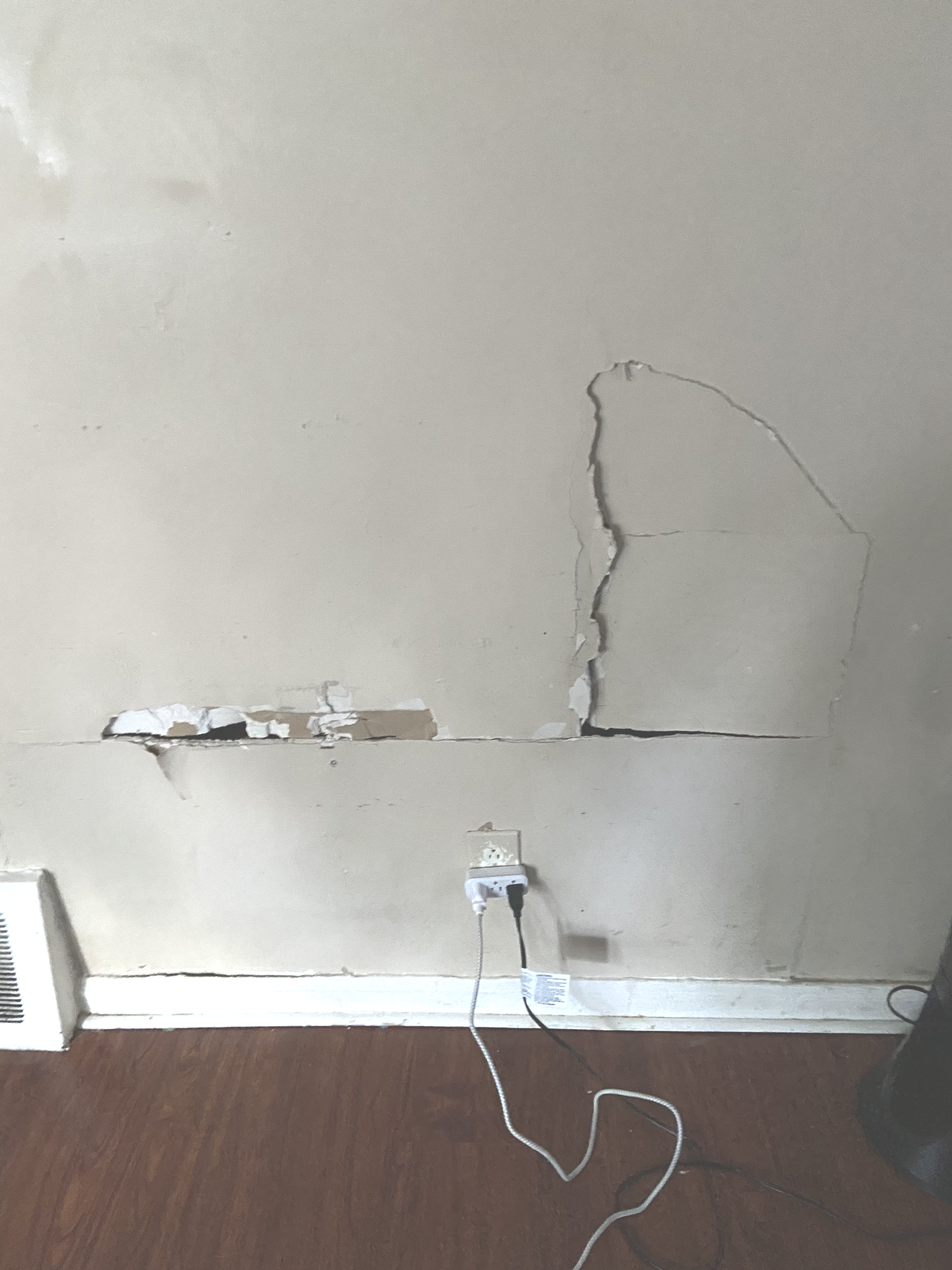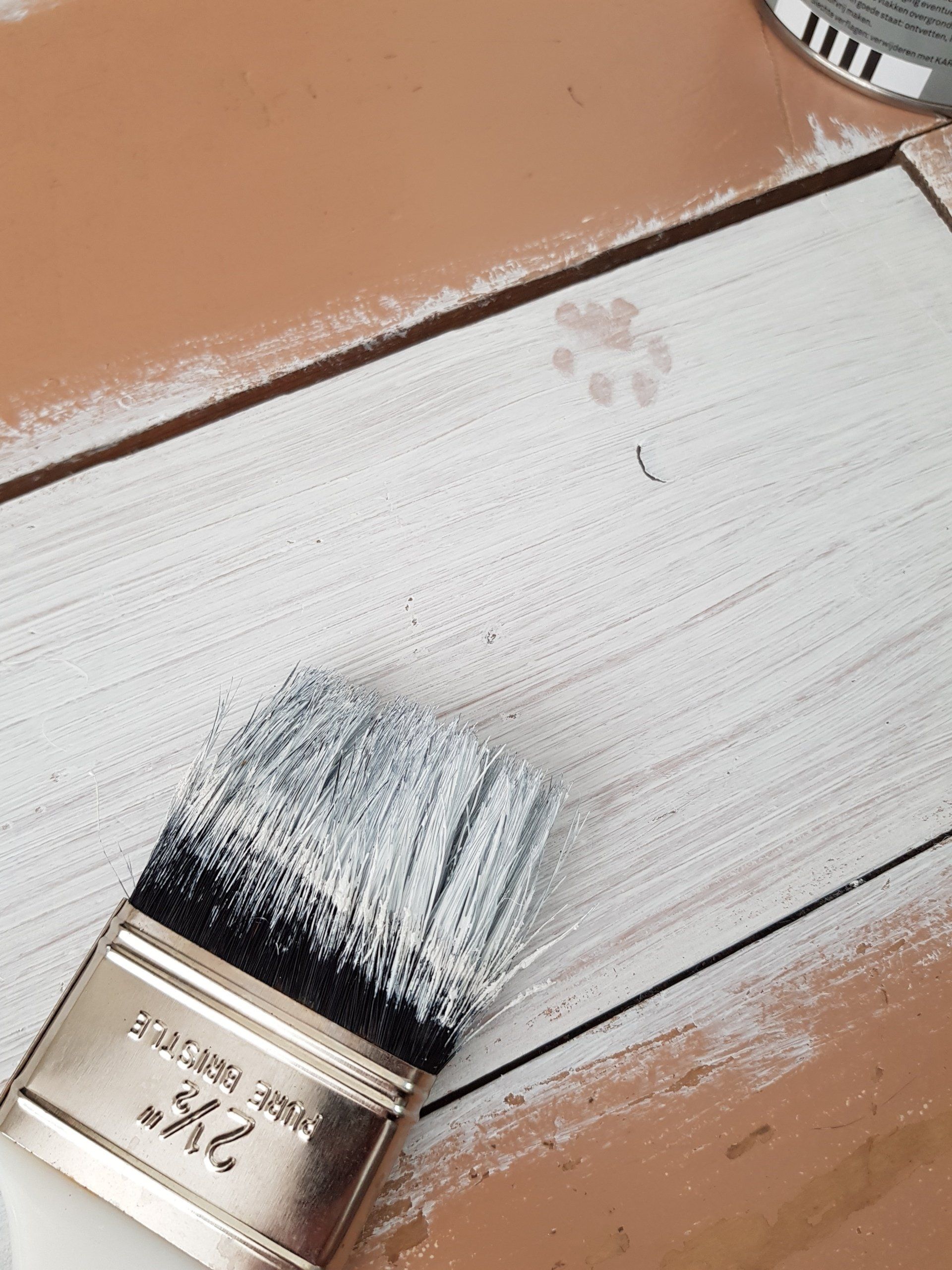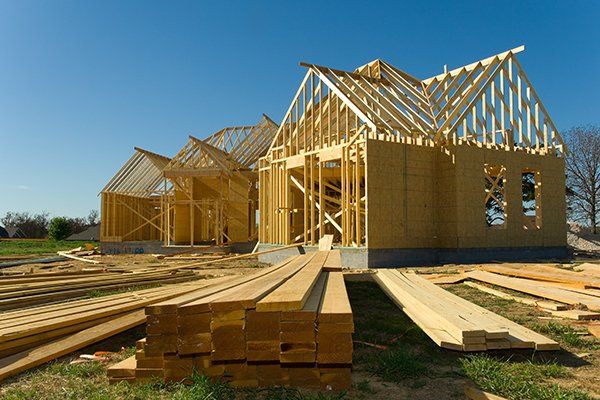Common drywall problems that You Face
Common Drywall Problems: Identifying, Preventing, and Repairing
Drywall is a popular choice in residential and commercial construction due to its versatility and ease of installation. However, over time, it can face several issues, especially when exposed to moisture, impacts, or shifting foundations. Understanding common drywall problems is key to maintaining a smooth, appealing finish for your walls. Here’s a guide to identifying, preventing, and repairing common drywall problems.
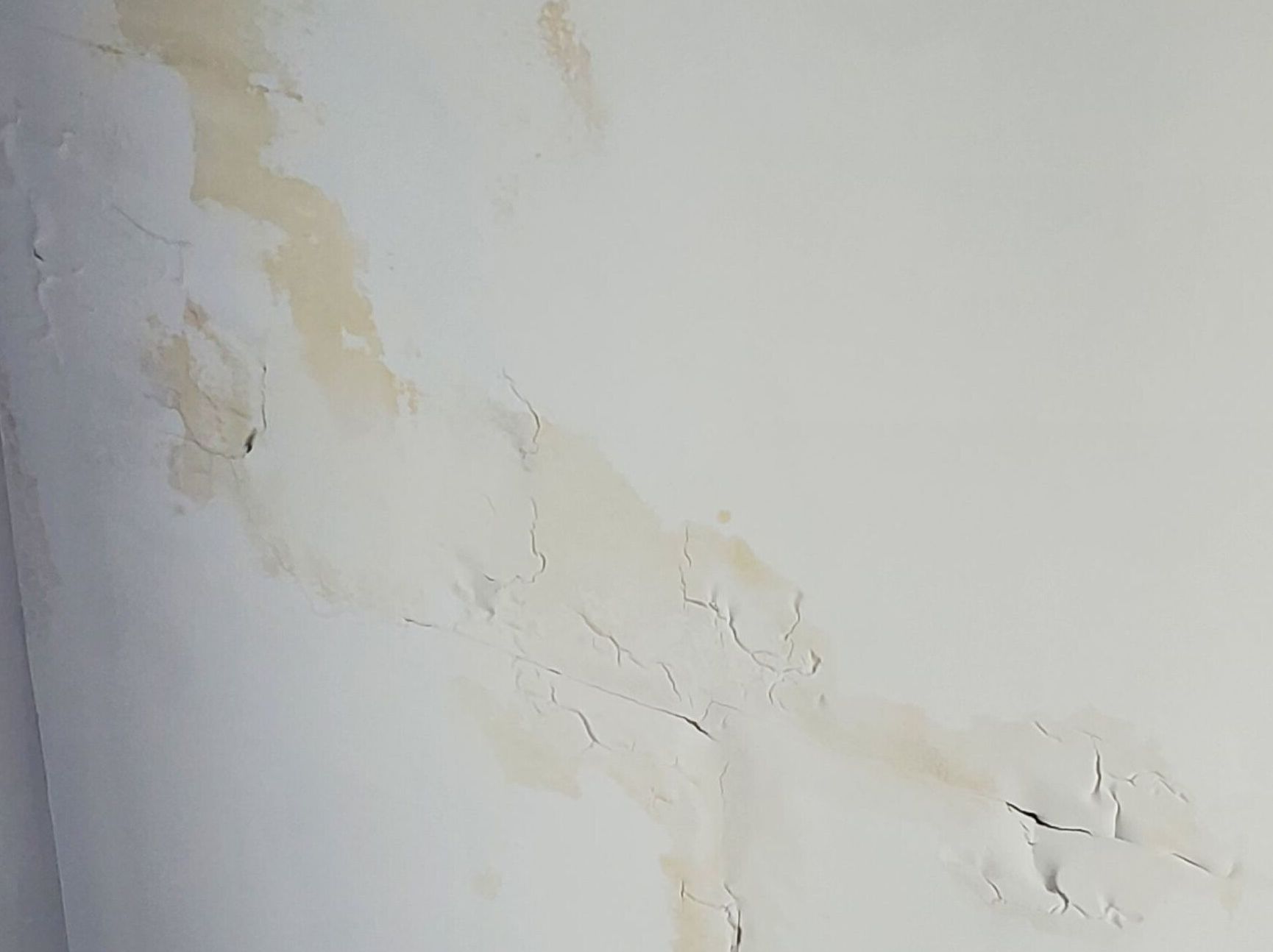
1. Cracks in Drywall
Identification: Cracks are usually thin, hairline fractures in the drywall surface. They often appear around windows, doors, and along seams. Causes: Cracks can result from the natural settling of a home, temperature fluctuations, or improper drywall installation. Prevention: Use flexible joint compounds and ensure proper installation, especially at seams. Consider using fiberglass tape, which is more durable than traditional paper tape. Repair: Small cracks can be filled with joint compound, sanded, and repainted. For larger cracks, you may need to apply drywall tape before patching.
2. Nail and Screw Pops
Identification: Nail or screw pops appear as small, raised bumps on drywall surfaces where nails or screws have shifted. Causes: These are usually due to wood studs expanding and contracting or improper fastening of drywall during installation. Prevention: Use drywall screws rather than nails, as they are less likely to pop over time. Make sure screws or nails are securely anchored to the studs. Repair: Drive the nail or screw back into the stud, add a new screw nearby for extra security, and then patch over with joint compound.
3. Dents and Dings
Identification: Small indentations or dings in drywall surfaces, often from accidental bumps. Causes: These occur from regular wear and tear, furniture moves, or impacts. Prevention: Consider using corner protectors in high-traffic areas or using tougher materials like impact-resistant drywall for rooms prone to damage. Repair: Apply a thin layer of joint compound to fill dents, let it dry, sand it smooth, and repaint.
4. Water Damage
Identification: Discolored or swollen patches, often accompanied by a musty smell, are signs of water damage in drywall. Causes: Water damage is typically due to leaks, flooding, or high humidity levels. Prevention: Regularly check for leaks around windows, plumbing, and roof areas. Install proper waterproofing in areas prone to moisture. Repair: First, address the source of the water issue. Cut out the damaged section of drywall, replace it with new drywall, tape and mud the seams, and repaint.
5. Mold Growth
Identification: Mold often appears as black, green, or white spots on drywall surfaces, especially in areas with poor ventilation. Causes: Moisture and lack of airflow create an environment for mold to grow on drywall, particularly in bathrooms, basements, or kitchens. Prevention: Use mold-resistant drywall in moisture-prone areas, install proper ventilation, and keep humidity levels low. Repair: Mold-affected drywall should be removed, as it can be hazardous to health. Replace with new mold-resistant drywall and ensure the area is well-ventilated to prevent recurrence.
6. Sagging Drywall
Identification: Sagging drywall creates an uneven surface, often noticeable on ceilings. Causes: This issue is often due to improper installation or the use of drywall that is too thin for the space. Prevention: Use the correct drywall thickness (typically 5/8 inch) for ceilings and secure it properly to prevent sagging. Repair: You may need to replace the sagging section. In some cases, additional screws can secure it to the ceiling joists.
7. Drywall Bubbling and Blistering
Identification: Bubbles or blisters appear as raised spots on the drywall, often near joints or seams. Causes: Bubbling occurs when there is poor adhesion between the drywall compound and the drywall surface, often due to moisture or improper installation. Prevention: Ensure the drywall is dry and clean before applying compound. Use a quality primer to prevent moisture penetration. Repair: Scrape away the bubbles, sand the area, apply a new layer of joint compound, and repaint.
8. Peeling Paint on Drywall
Identification: Paint peels off in large or small sections, exposing the bare drywall underneath. Causes: Excessive moisture or lack of primer before painting can cause the paint to peel. Prevention: Use high-quality primer and paint, especially in high-moisture areas like bathrooms or kitchens. Repair: Remove any peeling paint, sand the surface, apply a primer, and repaint.
9. Efflorescence
Identification: A white, powdery substance often appears on drywall surfaces, usually in basements. Causes: Efflorescence is a sign of moisture seeping through the walls, carrying mineral deposits that appear on the surface. Prevention: Waterproofing and ensuring proper drainage around the foundation can reduce moisture buildup. Repair: Clean the efflorescence with a brush and water, then treat the area with a moisture barrier before repainting.
10. Texture and Finish Issues
Identification: Uneven texture or blotchy finishes may appear after painting or applying texture. Causes: This can happen if texture is applied unevenly or the paint does not adhere well. Prevention: Apply texture evenly using a sprayer or roller, and ensure the drywall is prepped with a primer for uniform paint application. Repair: Sand the surface smooth, reapply texture as needed, and repaint for a uniform look.
Conclusion
Maintaining drywall goes beyond mere cosmetic concerns. Addressing issues promptly can prevent more significant structural problems and extend the life of your walls. For DIY enthusiasts, many of these repairs are straightforward, but for extensive damage,
consulting a professional can ensure high-quality results.
Ready to work with Fort Worth Drywall Contractor Services?
Let's connect! We’re here to help.
Send us a message and we’ll be in touch.
Or give us a call today at 111-222-3333
Agency Contact Form
We will get back to you as soon as possible
Please try again later
More Marketing Tips, Tricks & Tools
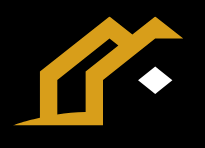
©Fort Worth Drywall Contractor Services
Get In Touch
© 2004 | Powered by UpShot
